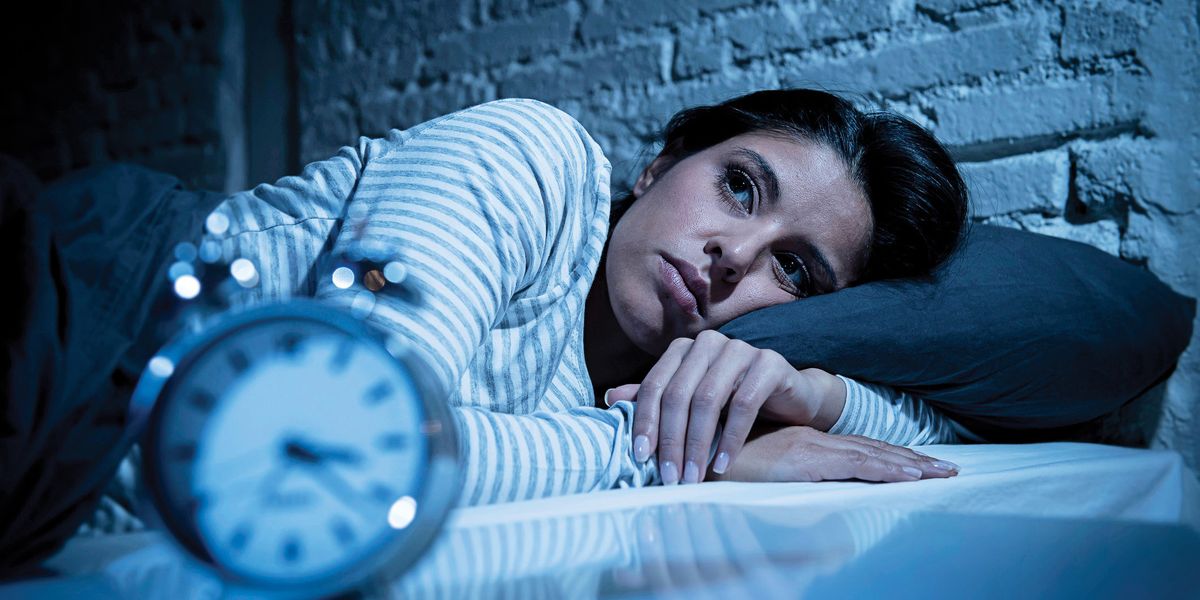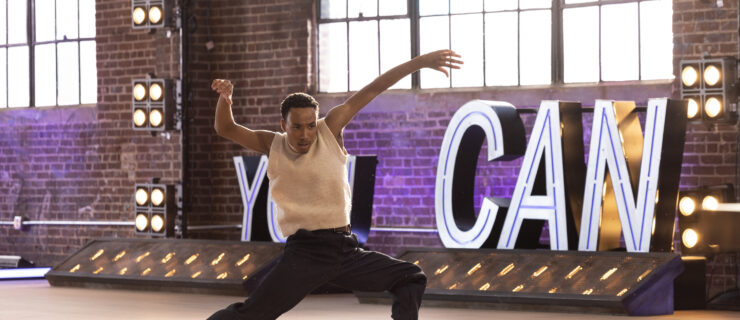When Counting Sheep Doesn't Cut It: How Dancers Can Deal with Insomnia
You turned out the light hours ago, but you’re still tossing and turning in bed. Every time you’re about to doze off, the corrections you got in class today pop into your mind—and just like that, you’re wide awake again.
If you have trouble falling or staying asleep, and you often wake up feeling less than refreshed, you may have insomnia. And the reasons are often connected to your mental and emotional well-being, which means there are few quick fixes. But there are some things you can do to get the rest you need to dance your best.
Insomnia 101
There are two main types of insomnia. Acute insomnia is when trouble sleeping occurs over a short period of time. (Think about when you’re just too excited about an upcoming competition or too nervous about a test.) Acute insomnia usually resolves itself without treatment or medication, because the event it’s tied to passes. Chronic insomnia occurs over months and is usually linked to major life changes, like a new schedule. It could also be the result of certain medications, a sleep disorder, or another medical condition.
Insomnia is quite common. In fact, Dr. Vijay Jotwani—Houston Methodist primary care sports medicine physician and a consulting physician to the Houston Ballet—thinks it might even be more common among dancers, because of the major role that performance and competition play in our lives. With late-night rehearsals, travel, and ever-changing physical and mental demands, dance training is full of factors that can affect healthy sleep. And being a young person adds even more: Scrolling through your feed before trying to sleep, doing homework in bed, and eating late at night can all contribute to insomnia.
How to Cope
Start cultivating good “sleep hygiene” by making a few changes during your waking hours. Maintain a consistent sleep schedule (“Even on weekends, whenever possible,” says Dr. Kate Cronan, a pediatrician and emergency medicine physician at Nemours/Alfred I. duPont Hospital for Children in Wilmington, DE), and keep your bedroom dark at night. “Put down electronic devices at least an hour before going to bed—the blue light screens emit can make it hard to get to sleep,” Cronan says. Jotwani encourages dancers to use the bedroom primarily for sleep and to finish homework in another room.
But what’s a dancer to do, when many of the contributing factors of insomnia are part of a performer’s schedule—a schedule dictated by artistic directors and school? “Dancers should work with teachers on setting a schedule that allows for good rest and recovery time,” Jotwani says.
For most people, medication isn’t the answer. “A misconception about insomnia is that it needs to be treated with medicine,” says Jotwani. “Often the non-medicine components to a treatment plan are more important than medication.”
If improving your sleep hygiene doesn’t help, it’s probably time to talk to a doctor about the issues you’re facing. The bottom line, Jotwani says, is that poor sleep will affect your performance in the studio and raise your risk of injury.
Bedtime Best Practices
Rosie DeAngelo, a yoga instructor and freelance dancer in NYC, has a three-part plan to help you manage stress before bedtime.
Yoga Poses
“Shoulders and hips are two big areas of physical and emotional tension,” DeAngelo says. “Pigeon pose and double pigeon pose are great hip-openers.” For the shoulders, DeAngelo recommends releasing the pectoral muscles in supported fish pose.
 Single Pigeon pose (Thinkstock)
Single Pigeon pose (Thinkstock)
Single Pigeon
: Lay your right shin down parallel to the front of your mat, finding a position where the knee feels no pressure. Lengthen your left leg behind you and carefully lower your torso down over your shin.
 Double Pigeon pose (Thinkstock)
Double Pigeon pose (Thinkstock)
Double Pigeon
:
Bend your right knee approximately 90 degrees and stack your left shin directly on top of your right. Walk your torso forward over your legs to deepen the stretch. If this hurts the knees, sit on a few pillows or keep the bottom leg extended forward.
 Supported Fish pose (Thinkstock)
Supported Fish pose (Thinkstock)
Supported Fish: Position yoga blocks behind you on the mat under your shoulder blades and under your head one level higher. Once you lie back on them, your pelvis should be completely on the floor.
Breathing Practices
 Thinkstock
Thinkstock
“Breathing practices can help with sleep because they slow your heart rate and ground your energy,” DeAngelo says. Try alternate-nostril breathing: Sit comfortably and tall. Place your left hand open in your lap, palm up, and place your index finger and middle finger together between your eyebrows. Exhale completely, close off your left nostril with your pinkie and ring finger, and inhale through your right nostril. Always switch nostrils before you exhale. Switch fingers and close off your right nostril with your thumb. Exhale out the left, pause, then inhale through the left. Repeat for at least 5 minutes. Once complete, release your right hand and keep your eyes closed, breathing normally for 5–10 more rounds of breath.
Essential Oils
 Lavender essential oil (Thinkstock)
Lavender essential oil (Thinkstock)
“Lavender or cedarwood oil is great for relaxation,” DeAngelo says. Dilute one or both with coconut or jojoba oil and place the mixture on the bottoms of your feet (where there are lots of pores, so you’ll absorb the oils efficiently).
A version of this story appeared in the February 2018 issue of Dance Spirit with the title “When Counting Sheep Doesn’t Cut It.”




